Do Sempervivum Need a More Organic Soil?
westes Zone 9b California SF Bay
2 years ago
last modified: 2 years ago
Featured Answer
Sort by:Oldest
Comments (22)
Related Professionals
Waterbury Landscape Contractors · Ellensburg Landscape Contractors · Harvey Landscape Contractors · Indio Landscape Contractors · Kettering Landscape Contractors · Sun Lakes Decks, Patios & Outdoor Enclosures · Garden City Landscape Architects & Landscape Designers · Monterey Landscape Contractors · Pueblo West Landscape Contractors · Indian Creek Window Contractors · Apache Junction Fence Contractors · Oregon City Fence Contractors · Essex Landscape Contractors · Golden Landscape Contractors · Panama City Beach Landscape Contractorsrina_Ontario,Canada 5a
2 years agolast modified: 2 years agowestes Zone 9b California SF Bay thanked rina_Ontario,Canada 5awestes Zone 9b California SF Bay
2 years agowestes Zone 9b California SF Bay
2 years agorina_Ontario,Canada 5a
2 years agolast modified: 2 years agowestes Zone 9b California SF Bay thanked rina_Ontario,Canada 5atapla (mid-Michigan, USDA z5b-6a)
2 years agolast modified: 2 years agowestes Zone 9b California SF Bay thanked tapla (mid-Michigan, USDA z5b-6a)tapla (mid-Michigan, USDA z5b-6a)
2 years agowestes Zone 9b California SF Bay thanked tapla (mid-Michigan, USDA z5b-6a)rina_Ontario,Canada 5a
2 years agolast modified: 2 years agowestes Zone 9b California SF Bay thanked rina_Ontario,Canada 5awestes Zone 9b California SF Bay
2 years agowestes Zone 9b California SF Bay
2 years agotapla (mid-Michigan, USDA z5b-6a)
2 years agowestes Zone 9b California SF Bay thanked tapla (mid-Michigan, USDA z5b-6a)westes Zone 9b California SF Bay
2 years ago
Related Stories

GARDENING GUIDES5 Prairie Wildflowers That Can Heal Your Soil
Get free, organic soil fertilizer with nitrogen-pumping plants that draw pollinators too
Full Story
GARDENING GUIDESHow to Pick a Mulch — and Why Your Soil Wants It
There's more to topdressing than shredded wood. Learn about mulch types, costs and design considerations here
Full Story
GARDENING GUIDESHow to Stop Worrying and Start Loving Clay Soil
Clay has many more benefits than you might imagine
Full Story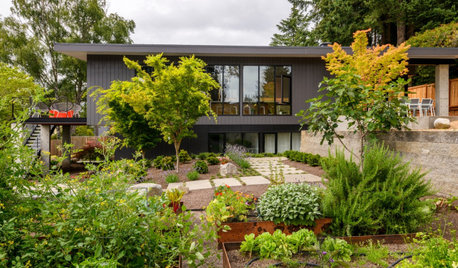
GARDENING GUIDES10 Ways to Make Your Garden More Productive
Maximize your garden’s growth and output by building healthy soil, expanding growing space and collecting rainwater
Full Story
GARDENING GUIDESThe Poop Scoop: Enrich Your Soil With Good Old Manure
Get over the ick factor already — this natural super-ingredient for soil has so many benefits, you'll wonder why you ever went chemical
Full Story
INSPIRING GARDENSFrom Concrete Lot to Gracious Organic Garden in Seattle
Plants, pests and even weeds have a place in this landscape, which offers an edible bounty and a feast for the eyes
Full Story
GARDENING GUIDESGardening Solutions for Dry, Sandy Soils
Has your desert or beachy site withered your gardening creativity? Try these ideas for a beautiful, easy-care landscape
Full Story
GARDENING GUIDESGreat Design Plant: Grow Blueberries for Their Fruit and More
Eastern gardeners should consider growing blueberry plants for their delicious fruits, bee-friendly spring blooms and brilliant fall foliage
Full Story
GARDENING GUIDESSolve 3 Common Landscape Problems — With More Plants
Sometimes the best defense is a good offense
Full Story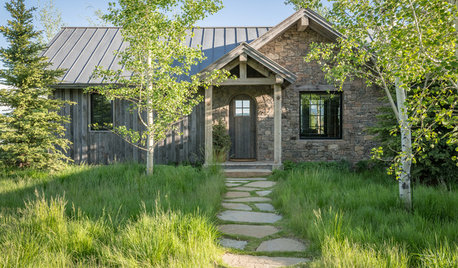
GARDENING GUIDES8 Sustainable, Organic Practices for Greener Lawn Care
Ditch the pesticides and fertilizers and adopt eco-friendly practices that will keep your lawn lush and healthy
Full Story





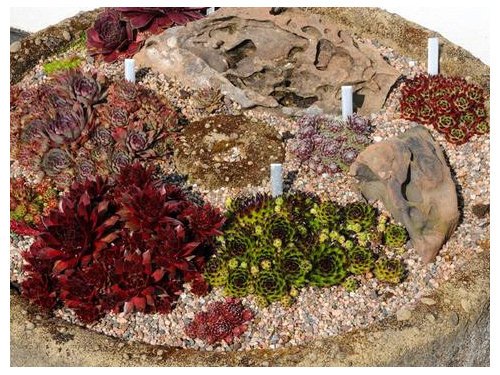





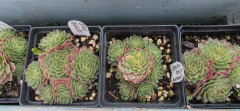
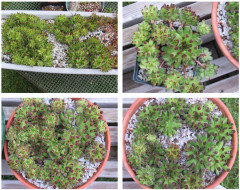

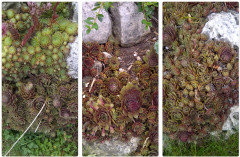
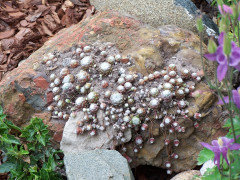

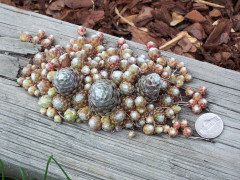
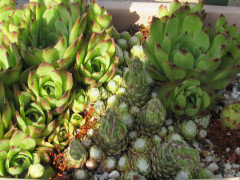
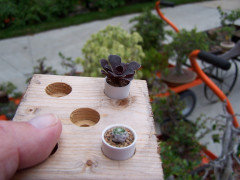

John (Zone 5b/6a, IN)